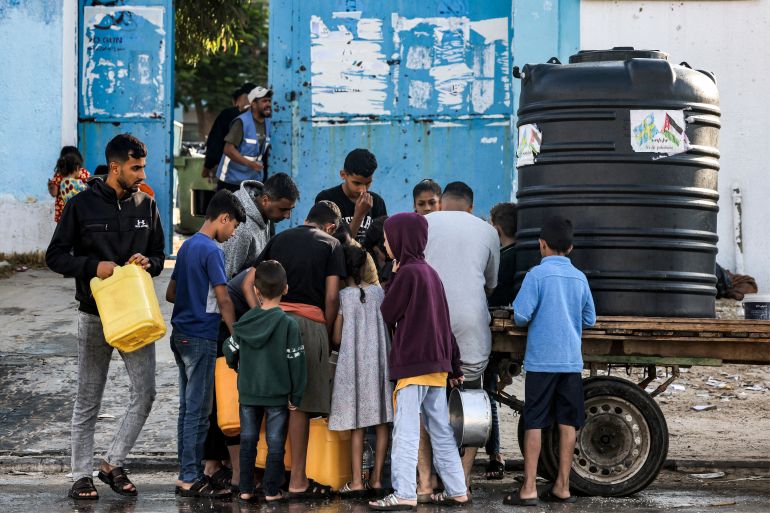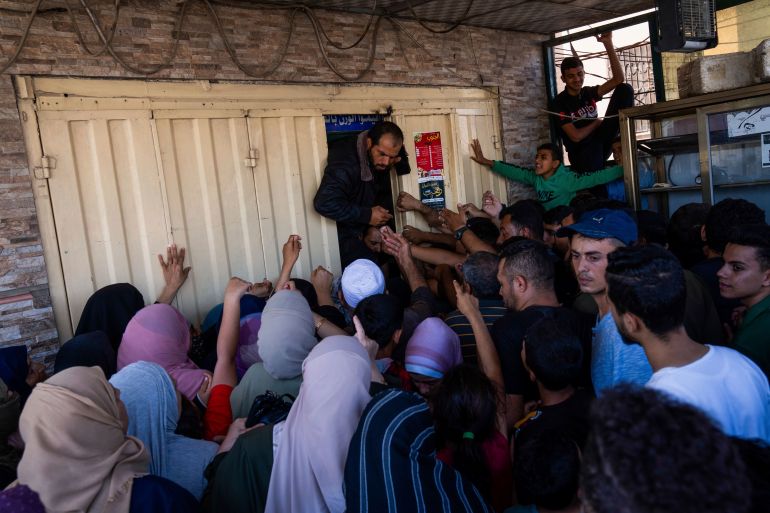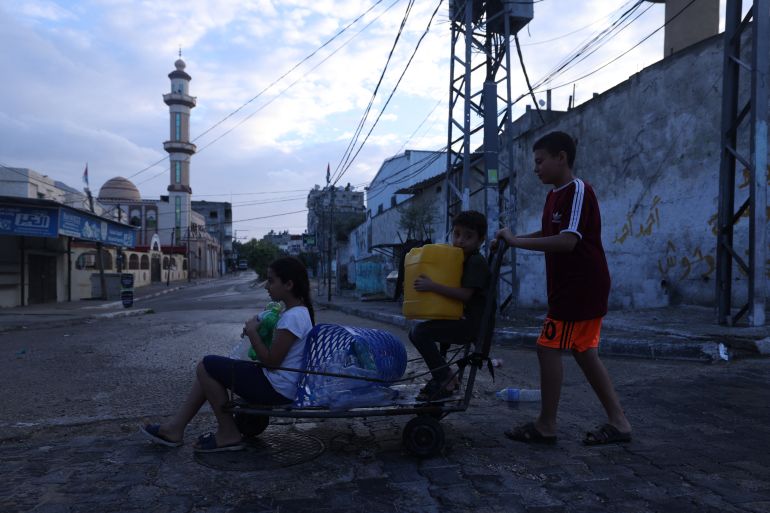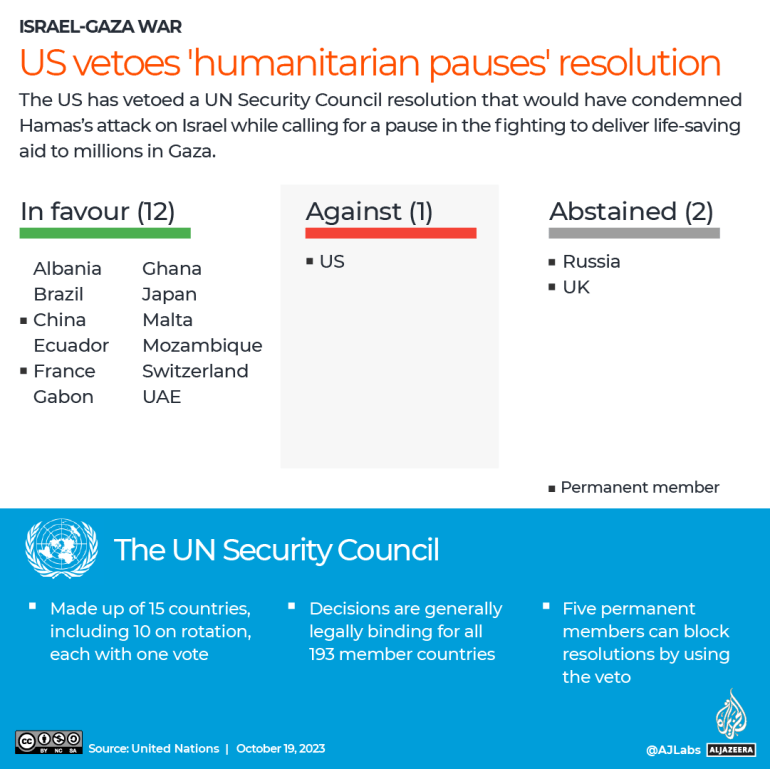Lucian K. Truscott IV,
May 28, 2022

Uvalde law enforcement officers (Photo by CHANDAN KHANNA for AFP)
Nearly 10 years have passed since the last school shooting that killed as many children as were murdered in Uvalde, Texas, on Tuesday. That shooting, at the Sandy Hook elementary school in Newtown, Connecticut, took the lives of 20 children and six adults. It was supposed to be the mass shooting that changed everything, remember? The killings were so horrific, most of the victims so young and innocent, that surely the House and the Senate could come up with some sort of "common sense" gun control measures that everyone could agree on.
This article first appeared in Salon.
Ha! Ten years have passed, and what has happened? Exactly nothing. Why? At least in part because within days of the Sandy Hook shooting, the National Rifle Association, one of the largest contributors to the political campaigns of (mostly Republican) politicians in the country, swung into action to stop any momentum for new gun laws before they could even get going.
Wayne LaPierre, CEO of the NRA, called a press conference in Washington and with a single sentence, began a refrain about guns and gun violence and gun control that is still with us today: "The only thing that stops a bad guy with a gun, is a good guy with a gun," LaPierre said that day. What we might call the LaPierre Rule has become gospel for gun owners, gun manufacturers, and the political party that opposes any sort of gun control, the Republican Party. LaPierre's Rule devolved into sub-rules, such as this gem: The solution to gun violence isn't fewer guns, it's more guns in the hands of more people.
The NRA began a campaign after Sandy Hook to put an armed police officer in every school and to push for "open carry" laws across the country. These are state laws that allow you to openly carry a gun — of any kind, handgun or rifle — on your person or in your car without a permit. At this point, 31 states have open carry laws on their books. Fifteen states require a permit to carry a handgun, and only five, including the District of Columbia, have laws that ban the carrying of handguns in public.
Last year, the state of Texas passed its own law allowing the open carrying of handguns and other firearms without a permit. That law was passed less than two years after mass shootings in El Paso and Odessa killed 30 people. The solution to bad guys having guns is more guns, see? Texans don't want to make guns harder to buy, or to limit the times and places citizens can carry their guns. They want to make it easier. They want more guns on the street, not fewer guns.
Figures on gun ownership in Texas vary. One study I saw, by World Population Review, says that 45.7 percent of Texas citizens over the age of 18 own a gun. Another study, by the Rand Corporation, says that 37 percent of adults in Texas live in a household with a firearm. A recent report on NBC said that Texas has the highest percentage of gun ownership in the country. After the shooting on Tuesday, a tweet by Gov. Greg Abbott from 2015 surfaced in which he said, "I'm EMBARRASSED: Texas #2 in nation for new gun purchases, behind CALIFORNIA. Let's pick up the pace Texans." The tweet was posted following a report in the Houston Chronicle that gun purchases in Texas had topped one million for the year.
In Uvalde, the "good guys with guns" wearing police uniforms stood around for almost an hour before storming a classroom and killing the murderer of 19 children and two teachers.
No matter which figure you use, that's one hell of a lot of "good guys with a gun" in the state of Texas, don't you think? If all that's necessary to take down a bad guy with a gun is a good guy with a gun, the question after the Uvalde shooting is, where were they? Even the good guys with guns wearing police uniforms, it was revealed on Friday, waited almost an hour before they stormed the classroom where the shooter was, and 19 of them waited until they could be backed up by a SWAT team from the Border Patrol before they finally used their guns to kill the murderer of 19 children and two teachers.
The shooter, an 18-year-old resident of Uvalde, had purchased two AR-15 semiautomatic rifles and more than 1,600 rounds of ammunition and 50 — fifty — high-capacity magazines only days after his birthday on May 16. Texas laws require only that you be 18 years old to buy a rifle in the state, but at that age, you can buy any kind of rifle, including a semiautomatic AR-15 style weapon. The shooter was able to buy two of the AR-15s in the days after his birthday when he was apparently already making plans to kill children at an elementary school in Uvalde. Much has been made of the fact that he was not old enough to buy a beer, but he was old enough to buy a rifle capable of firing two to three bullets per second. He was also able to buy the seven 30-round magazines, containing at least 210 bullets.
On Friday we heard reports that citizens of Uvalde, including at least one parent of a child who was killed, were outside the school yelling at armed police officers to go inside and take on the shooter. Cell phone video shot at the scene at 12:37 p.m., while the shooter was inside the school killing children, show one officer holding up his hands trying to prevent a person from filming him and shooing a crowd of people away from the doors of the school. One person can be heard calling to the others that they should enter the school and storm the shooter because the cops aren't doing anything. Another video shot at the same time showed numerous police officers in full tactical gear restraining parents who were trying to enter the school to retrieve their children. One father was pepper-sprayed in the face and a mother was handcuffed. In the background, a police officer in armored gear is hiding behind the bed of a pickup truck aiming his AR-style police rifle at the door of the school.
So some of the good guys with guns were doing exactly what so many cops are accused of every day: menacing civilians and pushing them around and threatening to arrest them for doing nothing that was even remotely illegal.
A spokesman for the Texas Department of Public Safety said Friday that the gunman was in the school for nearly an hour before a SWAT team from the Border Patrol arrived and was able to get into the classroom where he was and kill him. By that time, all the children in the classroom were dead.
Also absent from the scene in Uvalde were any of the 13 million people who own guns in the state of Texas, all those good guys with guns that Wayne LaPierre has told us are the only thing that can stop "a bad guy with a gun."
Watching the coverage of the aftermath of mass shootings in this country has become commonplace. The shooting at the Tops Supermarket in Buffalo happened two weeks ago, and here we are looking at images of yet another exterior of yet another building where someone carrying an AR-15 semiautomatic rifle walked in and killed people, this time children this time. The scene is always the same: Heavily armed police officers clad in camouflage uniforms, protected by bulletproof vests and wearing helmets, along with an entire panoply of military-style tactical gear, are milling around talking to each other. A few of them are dispatched to do what the army calls "set up a perimeter," which in the case of mass shootings amounts to stringing yellow crime-scene tape around the scene and then guarding it so civilians can't get near the scene and presumably contaminate evidence. In Uvalde, at least one armored personnel carrier could be seen near the school after all the shooting was over and all the kids were dead.
There are always a lot of heavily armed police officers at the scene of mass shootings after they have occurred. It is beyond me why they think it's necessary to show up looking like they're about to be dispatched to serve on the front lines in Ukraine or some other war zone. But there they are, wearing enough body armor and carrying enough firepower to assault an infantry battalion, and what are they doing? Standing around.
It's all of a piece. Every time there is another mass shooting, more and more money floods into the budgets of police departments and they go out and buy military-spec M-4 rifles and military-spec shotguns and military-spec body armor and military-spec helmets and military-style camouflage uniforms. Why? Because they're cool, that's why. If they're going to go up against one of these mass shooters, every one of whom is outfitted in military-style tactical gear and carrying military-style AR-15 rifles, then by God, they're not going to be one-upped! Just like Greg Abbott and his exhortation to Texans to buy more guns so they could catch up with California (!), the cops are going to buy more guns and more body armor — more of everything — so they can be ready the next time they're called upon to stand around in a parking lot of a building after 10 or 20 people have been shot and their dead bodies are strewn around the floor somewhere inside.
There's a weird, ironic perfection to the fact that the NRA's convention began on Friday in Houston, offering Wayne LaPierre, who is still the CEO of that august organization of gun-lovers, the chance to come up with yet another exhortation to his masses. One year they tried "my dead hands," as in, if you want my guns you'll have to pry them from my dead hands. Then came Wayne's good guys with guns.
Maybe this year Wayne will explain to us that the reason we've had all these school shootings and mass killings is because we don't have enough good guys with guns. More good guys! More guns! That'll show these mass murderers! Next time one of them shoots up a school, we'll have even more people standing around outside picking their camo-clad asses as the bodies of the dead lie there inside submitting to the ministrations of the crime scene investigators.
More guns, and more crime scene investigators! That'll show 'em that in Texas, we're second to nobody!
 \
\












